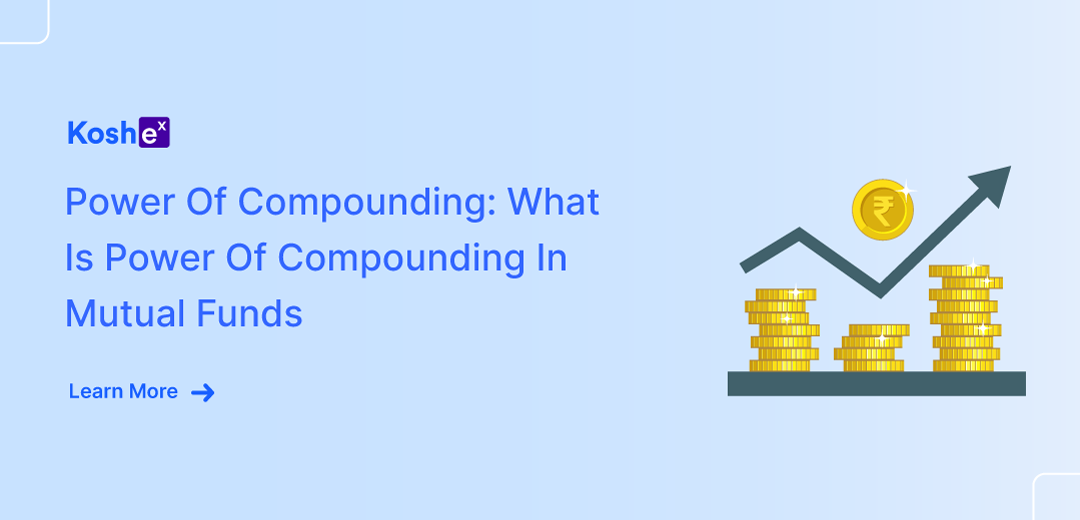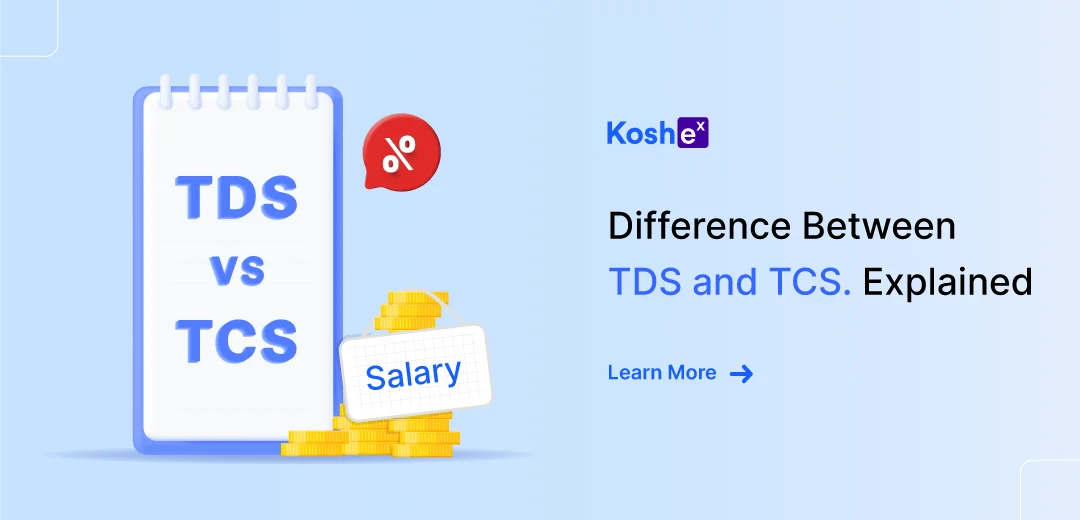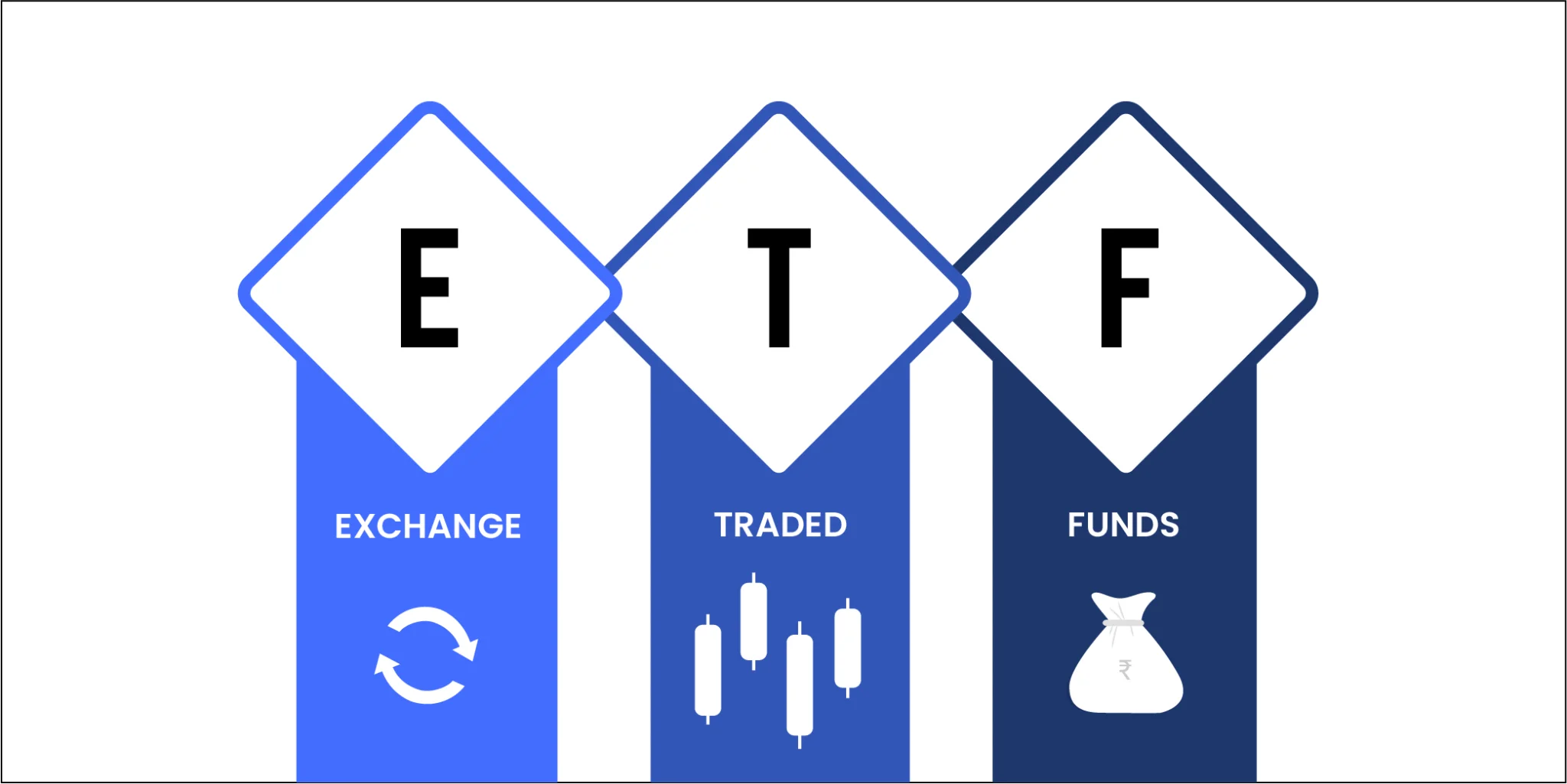The power of compounding helps mutual fund investors to grow their investment portfolio significantly over time. The power of compounding in mutual funds lets investors earn returns on the initial investment and their dividends/gains.
Now, let’s understand more about the power of compounding and how the power of compounding in mutual funds works.
Koshex is a reliable and innovative platform that allows investors to park their money in multiple mutual fund schemes of various fund houses. Sign up with Koshex to maximize your returns on investment.
What does the power of compounding mean, and what are the key advantages of compounding?
The power of compounding means the ability of an asset to generate earnings that can be reinvested to yield even more profits, leading to exponential growth over time. As the investment grows, it generates more returns, which can be reinvested to generate additional returns. This cycle continues and results in significant growth over the long term.
A few key advantages of compounding are:
· Accelerated growth: Compounding allows the investments to grow exponentially over time. As the earnings generate additional earnings, the growth rate increases, leading to accelerated wealth accumulation.
· Time advantages: The power of compounding works best over the long run. Starting early and staying invested for a long time makes money compound and multiply significantly.
· Wealth accumulation: Consistent compounding can help you build substantial wealth over the long term. Investors who maintain their investments over extended periods and enable the power of compounding to work can potentially amass a substantial sum.
· Risk mitigation: You can effectively reduce the impact of market fluctuations and volatility on your portfolios by utilizing the power of compounding. By staying invested for an extended period, the short-term market fluctuations become less significant, making it easier to manage your investments.
· Tax efficiency: The tax on long-term capital gains is lower in some investment options, such as equity-oriented mutual funds. You can increase your overall returns through compounding by investing in tax-efficient vehicles.
Now, let’s understand the power of compounding with an example.
Let’s say an individual invests Rs.20,000 at an annual interest rate of 9% for 10 years with interest compounded annually.
| Year | Opening Balance (Rs.) | Interest @9% p.a. (Rs.) | Closing Balance (Rs.) |
| 1 | 20,000 | 1,800 | 21,800 |
| 2 | 21,800 | 1,962 | 23,762 |
| 3 | 23,762 | 2,139 | 25,901 |
| 4 | 25,901 | 2,331 | 28,232 |
| 5 | 28,232 | 2,541 | 30,772 |
| 6 | 30,772 | 2,770 | 33,542 |
| 7 | 33,542 | 3,019 | 36,561 |
| 8 | 36,561 | 3,290 | 39,851 |
| 9 | 39,851 | 3,587 | 43,438 |
| 10 | 43,438 | 3,909 | 47,347 |
The above table explains the power of compound interest and how it leads to significant investment growth over time.
The compounding periods vary with the type of financial instrument and the institution offering the investment. The most common compounding periods include annual, semi-annually, quarterly, and monthly. Investments that compound more frequently yield higher investment values. For instance, an investment that compounds semi-annually generates more returns than one compounding annually.
How can investors take advantage of the power of compounding from mutual fund investments?
Unlike other investment options like fixed deposits, mutual funds do not generate interest. Instead, they generate returns through capital appreciation and dividends. Still, investors can take advantage of the power of compounding in mutual funds.
Here’s how you can bring the power of compounding into your mutual fund investments:
· Through SIP investments: A Systematic Investment Plan or SIP is an investment strategy where investors deposit a fixed amount of money regularly. Investing through the SIP mode is an efficient way to reduce the cost of investment and grow your money significantly in the long run. SIP also aids you in parking small amounts in different mutual fund schemes, thereby mitigating the risk.
The Rupee Cost Averaging or RCA strategy used in SIPs helps investors buy more units when the market is on the downswing and fewer units when the market is on the upswing, thereby reducing the average cost per unit.
When you invest regularly in a mutual fund through SIP, it keeps adding to your investment over time. As a result, the initial investment and subsequent contributions work together to generate high returns. In brief, the power of compounding in SIP creates a snowball effect that can result in exponential growth.
· Reinvesting of gains: Mutual funds often distribute dividends to investors. Instead of taking these distributions in cash, you can reinvest them back into the fund. Reinvesting these gains brings the power of compound interest into your investments.
· Long-term holding: The real power of compounding is best seen over a long period. The more you stay committed and allow your wealth to grow, the more significant the effect becomes. And the growth of your investment becomes exponential instead of linear, which means the money may grow at a faster rate in the long run.
· Rebalancing and diversification: To maximize the advantages of compound interest, it is necessary to have a well-balanced and diversified mutual fund portfolio.
The goal of rebalancing the portfolio is to maintain a specific level of risk and return by adjusting the allocation of assets. And it’s achieved by selling and buying certain assets. Regularly rebalancing the portfolio helps to ensure that it includes a variety of asset classes, which reduces risk and aims for consistent growth over time.
Besides, rebalancing allows you to adjust your portfolios in response to changing financial goals, market conditions, and economic factors.
Key rules and principles of the power of compounding
Here are the essential rules and principles you must follow as an investor to take maximum advantage of the power of compounding in your mutual fund investments.
· Start investing early: You must start your investment journey early to maximize the power of compounding in mutual fund investments.
· Invest regularly: To reap the benefits of compounding, it’s important to invest regularly. Even skipping a single month’s contribution can negatively impact returns. Consistently investing over a longer period enables you to take advantage of the power of compounding in SIPs.
· Keep a long-term perspective: You can maximize your benefits from compounding by adopting a long-term investment approach. This strategy gives more time for the money to grow and compound, resulting in greater returns.
· Avoid withdrawals: Withdrawing funds early can disrupt the compounding process. Hence, avoid withdrawing money from your mutual fund investments unless necessary, as doing so may reduce the potential benefits of compounding.
· Keep the portfolio diversified: Having an investment portfolio that contains different types of mutual funds with various investment objectives helps manage risk and benefit from the power of compounding. While selecting funds, ensure they have a history of consistent returns and a low expense ratio. A higher expense ratio and inconsistent performance can drag down potential returns.
The expense ratio of mutual funds is the annual fee that a mutual fund charges from investors to cover its operating expenses.
· Be patient: It takes time to see the impact of the power of compounding in mutual fund portfolios. And the impact will be less and slow during the initial years. However, as time passes, the growth becomes more noticeable and pronounced.
Summing Up
The power of compounding in mutual funds is an effective tool for wealth-building in the long run. It can be a game-changer for investors with the patience and willingness to remain invested for an extended period. Further, the power of compounding in SIPs can turn even modest investments into substantial amounts over a period, making mutual funds an attractive option for wealth accumulation and achieving financial goals.
Mutual funds allow you to diversify your portfolios smoothly. You can minimize the risk in your portfolio and enhance the possibility of higher returns by diversifying your investments across multiple schemes. However, it’s essential to remember that all investments carry some level of risk, and past performance does not indicate future results. Besides, you must consider your risk appetite before investing in a mutual fund scheme.
Sign up with Koshex to have a hassle-free mutual fund investment journey.
FAQs
Is compounding more effective in long-term SIPs?
Investors who choose long-term SIPs benefit from the power of compounding. They can maximize their growth potential by leaving their investments untouched for extended periods. As a result, those who are committed to a long-term investment strategy often enjoy significant growth in their SIP portfolios.
Does an investor need to invest a significant amount for compounding to work in their portfolio?
It is not necessary to invest significantly to enjoy the power of compounding. But starting early and maintaining consistency with contributions is crucial. Even small or regular









Leave a Comment